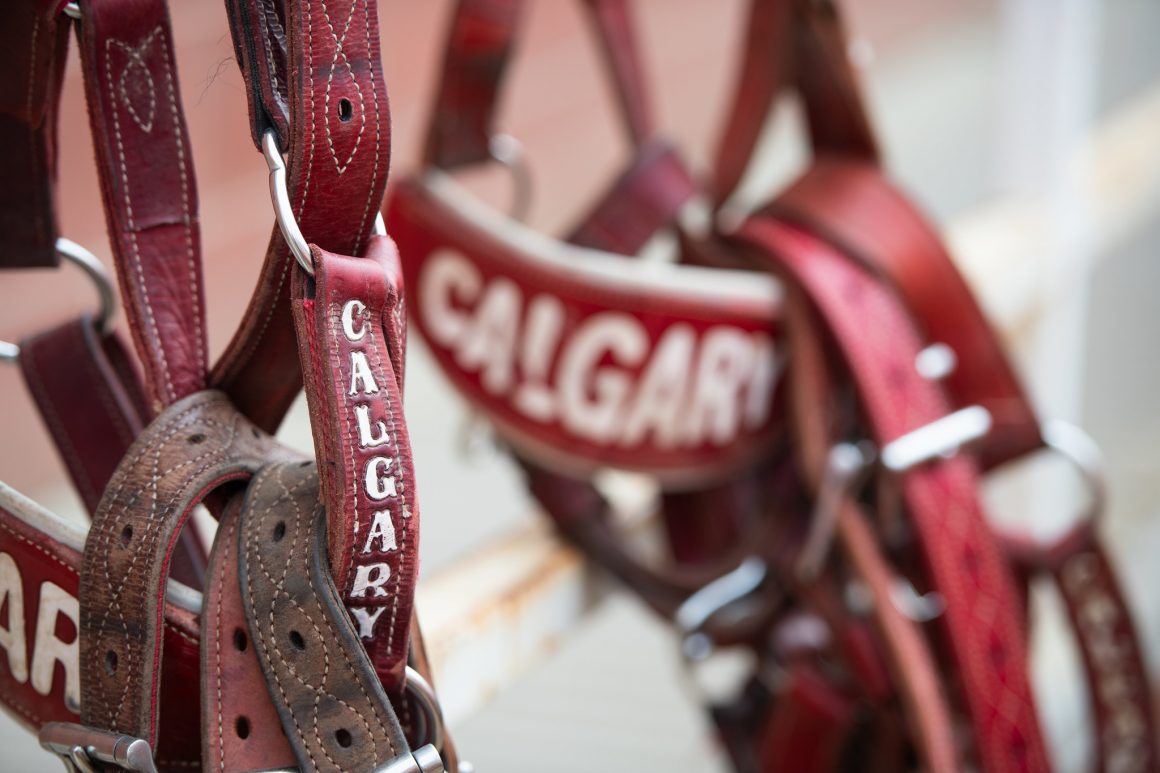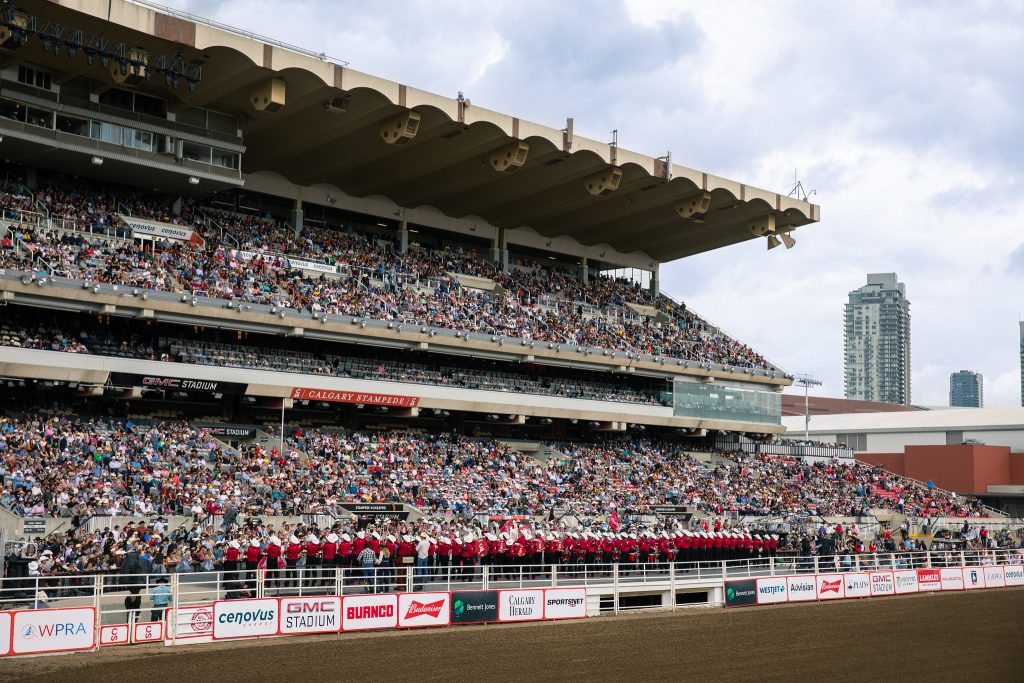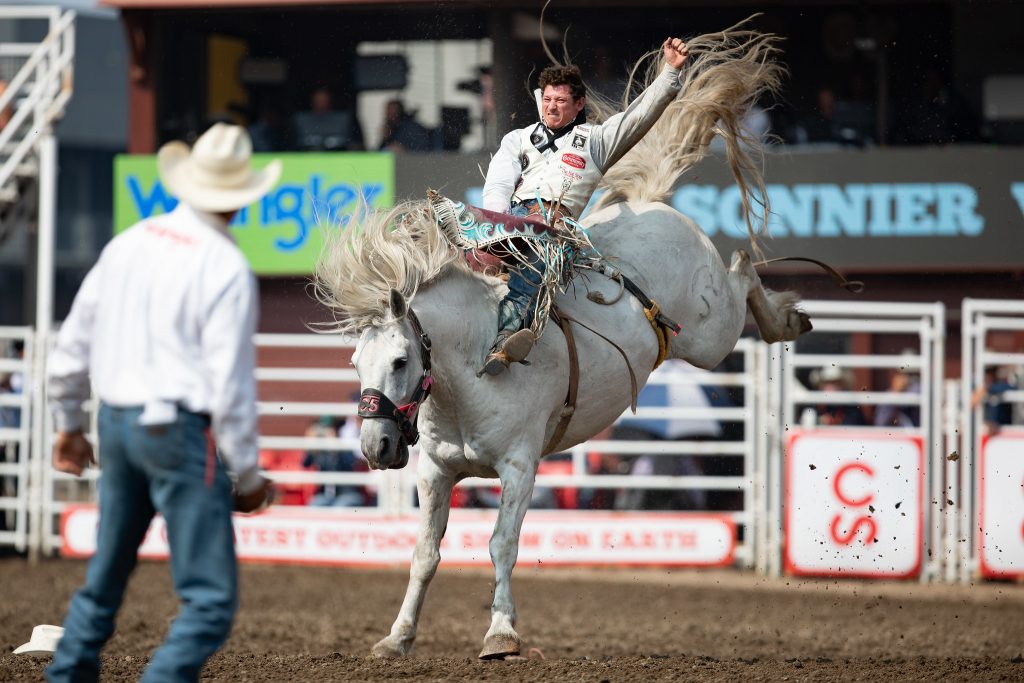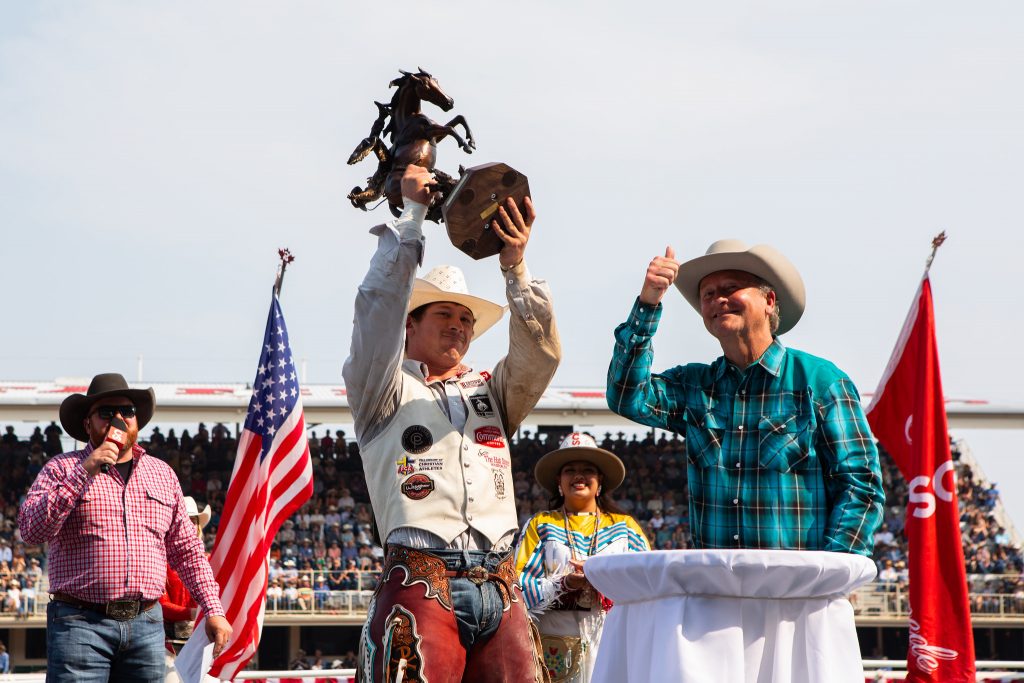
The evolution of rodeo: from ranching traditions to professional athletes
By Maggie Hsu, July 13 2024—
Rodeo, a sport deeply rooted in the ranching traditions of North America, has undergone a significant transformation over the past few decades. What began as demonstrations of everyday ranching skills to pass the time during the early years of the agricultural industry has developed into a highly competitive sport. We have seen this shift with many mainstream sports that we know now and are driven by spectatorship — larger audiences equal revenue streams including sponsorships and larger prize values. Thus, the opportunity to adapt a traditional activity into a spectator sport is born.

This shift has brought about a change in how contestants prepare for events. In the past, most rodeo contestants have come from ranching backgrounds and competed in rodeo events on the side. Ranching life was physically demanding, involving herding cattle, breaking horses (domesticating wild horses), mending fences and caring for farm animals. These activities naturally developed the strength, endurance and agility needed for rodeo events. The physical labour inherent in ranching served as an unstructured and natural but effective form of training their bodies for competition.
In recent years, however, the demanding schedule has encouraged rodeo contestants to view themselves as professional athletes and hence, have adapted their lifestyles to mirror that of professional athletes.
“[Athletes are] understanding the stress and toll of the [competition] on their bodies… [and] are looking to prepare and set themselves up for long-term success,” said Navada Phipps, Western Events Specialist at the Calgary Stampede in and interview with the Gauntlet.
This preparation and adaptation of lifestyles is similar to those used in mainstream sports including strength and conditioning, nutrition, injury prevention and recovery.

Rodeo events like bull riding, saddle bronc and bareback require athletes to build and maintain core and groin strength as well as hip stability to be successful. Coy Robbins, a bull rider from Camrose, Alberta explained the training regimen that he implemented in a 2023 article with The Globe and Mail.
“When you go into a locker room, you see way more resistance bands, foam rollers, guys in different areas with their phone timers set up doing dynamic warm-ups,” Mr. Robbins said. “It’s definitely gotten to be where guys are acting like professional athletes in keeping their body in tune.”
Long gone are the days of hopping into the truck after one rodeo, going on an eight-hour-long roadtrip, and hopping onto a bucking horse at another rodeo with only gas station food in between.
“Rodeo is catching onto [the need of] treating themselves like professional high-caliber athletes,” said Phipps.

In an article posted by Professional Bull Riding (PBR) Canada, every event in Canada has the Canadian Pro Rodeo Sports Medicine Team (CPRSMT) on-site to monitor the health and wellness of the competitors. In 2023, CPRSMT provided services such as massage therapy, physiotherapy, nutrition advice, and more to over 4000 athletes. Additionally, CPRSMT hosts training camps throughout the year for athletes to train and receive education on how to modify their training regiments to maximize their performances and therefore, compete to the best of their abilities.
More information about the Calgary Stampede Rodeo can be found on their website.
